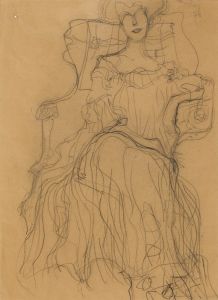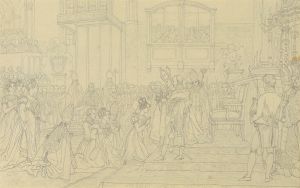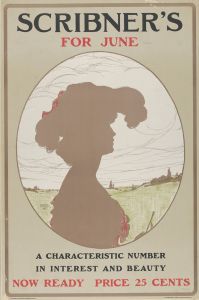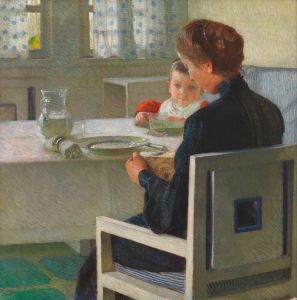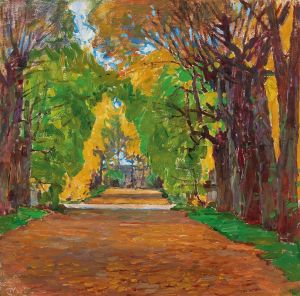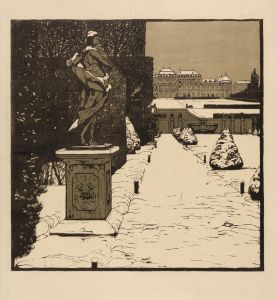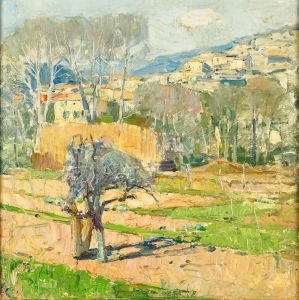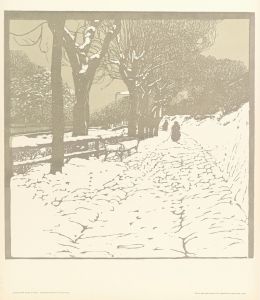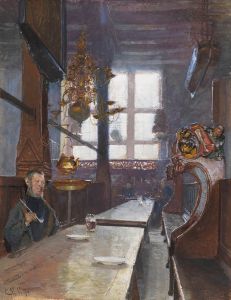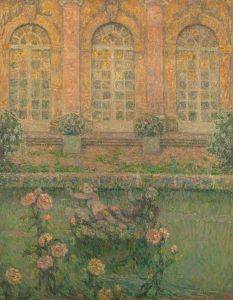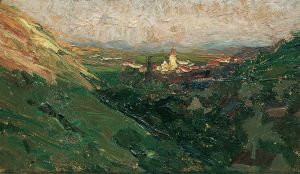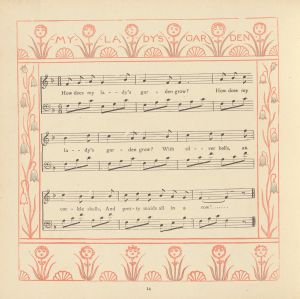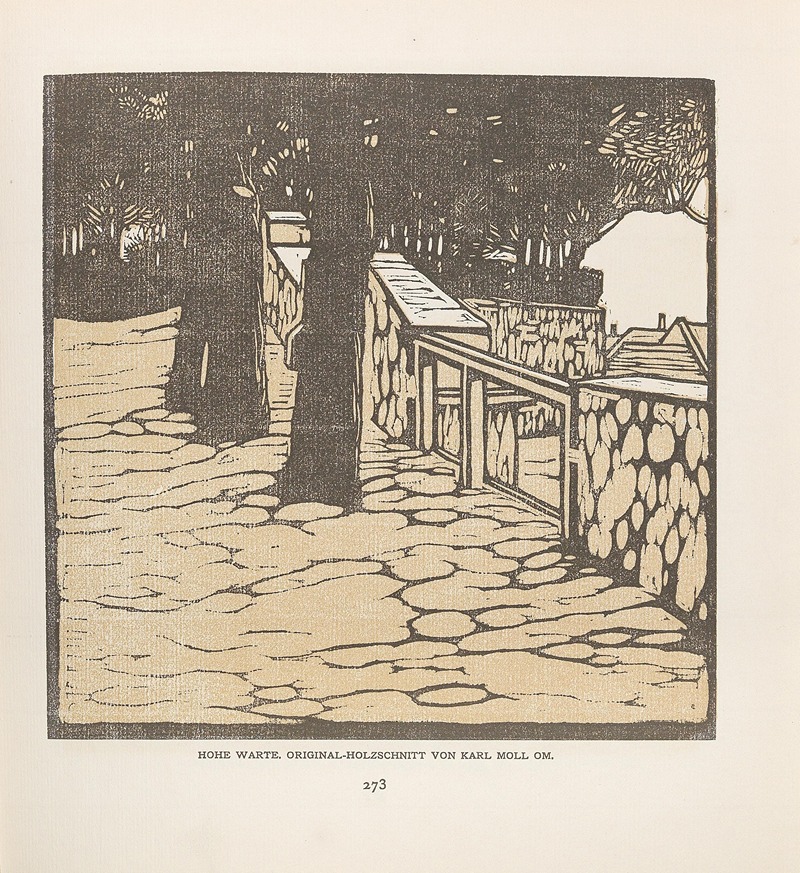
Ver Sacrum 1903 15 273 Hohe Warte
A hand-painted replica of Carl Moll’s masterpiece Ver Sacrum 1903 15 273 Hohe Warte, meticulously crafted by professional artists to capture the true essence of the original. Each piece is created with museum-quality canvas and rare mineral pigments, carefully painted by experienced artists with delicate brushstrokes and rich, layered colors to perfectly recreate the texture of the original artwork. Unlike machine-printed reproductions, this hand-painted version brings the painting to life, infused with the artist’s emotions and skill in every stroke. Whether for personal collection or home decoration, it instantly elevates the artistic atmosphere of any space.
Carl Moll was an influential Austrian painter and a prominent figure in the Vienna Secession movement, which was a group of artists who broke away from the traditional art institutions in Austria at the end of the 19th century. The movement aimed to create a new style that was more in tune with the modern age, emphasizing artistic freedom and innovation. Moll was known for his landscapes and interiors, often characterized by their serene and contemplative qualities.
One of Moll's notable works is "Hohe Warte," which was published in the 1903 edition of "Ver Sacrum," the official magazine of the Vienna Secession. "Ver Sacrum," meaning "Sacred Spring" in Latin, was a periodical that played a crucial role in disseminating the ideas and artworks of the Secessionists. It featured contributions from various artists, writers, and designers, and was known for its high-quality illustrations and avant-garde design.
"Hohe Warte" refers to a district in Vienna, which was known for its picturesque landscapes and was a popular subject for artists of the time. Carl Moll's depiction of Hohe Warte captures the tranquil beauty of the area, showcasing his skill in rendering light and atmosphere. The painting reflects Moll's interest in capturing the essence of a place, focusing on the interplay of natural elements and the serene ambiance of the landscape.
Moll's work often exhibited a harmonious blend of realism and impressionism, and "Hohe Warte" is no exception. The painting likely features a careful composition, with attention to detail and a subtle use of color to convey the mood of the scene. Moll's landscapes are noted for their clarity and precision, yet they also evoke a sense of calm and introspection, inviting viewers to contemplate the beauty of the natural world.
As a member of the Vienna Secession, Moll was part of a broader movement that sought to redefine art in the modern era. The Secessionists were influenced by various artistic styles, including Art Nouveau and Symbolism, and they aimed to break away from the academic constraints of the time. Moll's work, including "Hohe Warte," reflects these influences, as well as his personal vision and artistic sensibilities.
Throughout his career, Carl Moll remained committed to exploring new artistic ideas and pushing the boundaries of traditional painting. His contributions to the Vienna Secession and his body of work have left a lasting impact on the art world, particularly in Austria. "Hohe Warte," as featured in "Ver Sacrum," stands as a testament to Moll's talent and his role in the evolution of modern art during a pivotal period in history.





